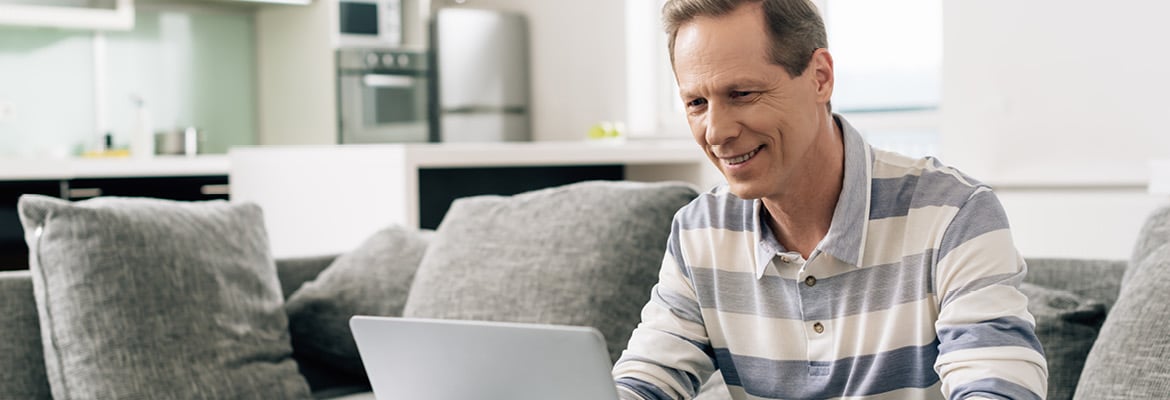Author(s)
As the electric vehicle revolution takes charge, now is a great time to invest in eco-friendly transportation. With an array of EV charger incentives available, homeowners benefit from installing a charging station at home.
For example, the Alternative Fuel Infrastructure Tax Credit offers up to $1,000 for EV charger hardware and installation expenses. The Inflation Reduction Act (IRA) extends this program through the end of 2032, giving more homeowners the opportunity to save.
In this blog, we outline the benefits of installing an EV charging station at home for tax credit and rebate purposes. Homeowners and EV enthusiasts alike, read on to discover how you could save big with just a few small steps.
Why install an EV charging station at home?
The advantages of installing an EV charging station at home are significant: not only will you save money, since public chargers cost more, but you’ll also qualify for money back through rebates and tax credits. An added benefit is battery health: while the fast chargers found at public charging stations are highly efficient, repeated use of fast charging can be taxing on EV batteries and lead to a shorter lifespan overall.
There are two types of EV home chargers:
- Level 1 chargers: These chargers plug directly into a standard wall outlet and offer the slowest charging speeds. They do not require installation or special equipment, but the slow charging speed means they typically require overnight charging.
- Level 2 chargers: For a faster, more powerful charge, Level 2 chargers require the installation of a 240V outlet. They are to fully charge an electric vehicle battery in about 6 hours.
In addition to at-home charging stations, there are public EV chargers available at fueling centers, gas stations and other public spaces. Public charging stations will sometimes offer Level 3 chargers (also known at DC fast chargers) or Tesla Superchargers. These offer the fastest charging speeds for when you’re on the road and need a quick boost, but they come at a higher cost compared to home charging.
Residential charging costs an average of 8 to 12 cents per kilowatt-hour, while commercial charging can range from 20 to 50 cents per kilowatt-hour. Keep in mind these costs can vary depending on the cost of electricity in your area. Similar to gas stations, public EV chargers will set their own rates, resulting in differing costs from station to station.
JD Power reported that EV owners are most satisfied when using a permanent Level 2 charger and that satisfaction is noticeably lower among EV owners who use the much slower Level 1 charger. Despite satisfaction with EV charging dropping in 2023 due to higher electricity costs, Level 2 chargers still offer significantly faster charging speeds than Level 1 chargers and greater convenience than public charging stations.
In 2021, Level 2 EV chargers typically cost between $500 and $800. For most homeowners, they will also require professional installation which will add to the price. However, with the available rebates and tax credits, savings over time and added convenience, at-home charging stations often prove to be worth the up-front cost.
Available home EV charging station rebates
The federal EV charger credit provides an additional incentive for homeowners to install Level 2 charging stations. Homeowners can claim the credit for one-way chargers and now bidirectional charging—a recent update to the rebate. The updated program also includes credits for electric bikes, trikes and motorcycles.
Moreover, numerous state and utility incentives further sweeten the deal for homeowners. Organizations like the Database of State Incentives for Renewables & Efficiency (DSIRE) even provide a comprehensive list of available rebates and incentives. Just enter your zip code to see what offers are available in your area. Some states offer tax credits for EV charger installations or rebates for a percentage of the installation cost.
Another way to save is by participating in your area’s Demand Response Program. Some local utility companies offer money-back incentives for unplugging when electricity use is in high demand. These offers aren’t available everywhere and require the purchase of specific charging stations that allow the utility company to monitor your usage.
Get more back: combine state and federal tax credits for EV chargers
Homeowners can increase their potential savings by leveraging both federal and state incentives for EV charger installations. Just keep in mind that eligibility rules will be different depending on the state and program.
To claim the federal tax credit, use IRS Form 8911, ensuring compliance with the necessary documentation and requirements. For a deeper dive into federal tax credits for EV chargers, check out our blog post here.
Installing an EV charging station at home not only promotes environmental sustainability but also offers significant financial incentives for homeowners. By taking advantage of rebates and tax credits, homeowners can contribute to the electric vehicle revolution while enjoying the convenience and cost savings of charging at home. For even more up-to-date information on all things electric vehicles, see our EV 101 guide.








